Arduino UNO Q bridges high-performance computing with real-time control.
Difference between Active components and Passive components

All Electronic components can be broadly classified into two classes, namely Active Components and Passive components. These components are diametrically different from each other based on their functional properties and operation. In this article, we will learn about the different types of active and passive components and will also look into the difference between active and passive devices. But, before understanding how different they are from each other, it is important to understand what each component means and how they work, so let's get started with active components.
What are Active Components?
Active components are devices that can amplify an electric signal and produce power. Any characteristic active component will comprise an oscillator, transistor or an integrated circuit. An active component functions as an alternating current circuit in devices. This helps the device to augment power and voltage. This component can execute its operations because it is powered by a source of electricity. All active components necessitate some source of energy which commonly is extracted from a DC circuit.
Example of Active Components
Active components, by their characteristics, rely on external sources for their operation. They have the power to augment and put more power into the circuit. Given below are the different types of active components.
Transistors:
Transistors are used to amplify current by taking in a small voltage of energy and giving a larger output of energy. This semiconductor device is one of the most important components that can be found in many circuit designs. The most popular and commonly used transistors are BC547, 2N2222, and BC557. They can be individualistic or packaged together depending on the planning of the device. The most commonly used Transistors are They have much functionality that includes regulation of voltage, amplification, adjusting signals, etc.
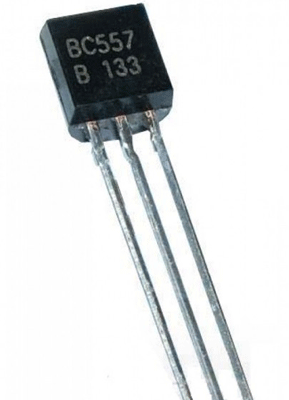
Silicon Controlled Rectifiers (SCRs):
Silicon Controlled Rectifiers or SCRs for short is a type of power electronics switch. It has three terminals called Anode, Cathode, and Gate. By default the switch is open and no current flows between the Anode and Cathode terminals of the SCR. When a small current is applied to the gate pin, the switch is closed and a large amount of current can be allowed to pass between the Anode and Cathode terminals. Using a Thyristor/SCR is very similar to that of a BJT (Transistor). The load to be switched is connected between the anode and cathode and the Thyristor can be switched ON or OFF by applying a gate current to the gate pin of the Thyristors. The most popular and commonly used Thyristors are 2N2324 and 2N1595.
![]()
What are Passive components?
Passive components cannot control electric current utilizing a second electrical signal. Some important passive components are capacitors, resistors, inductors, and transformers. Passive components do not require energy to operate barring the AC circuit. Unlike the Active component, they are unable to augment the signal power and also cannot amplify it. There are majorly two types of passive components namely.
Lossy or Dissipative: These cannot absorb power from an external circuit. Resistors are an example of lossy passive components.
Lossless: These do not have any input or output net level flow. A few examples of lossless components are inductors, transformers, and gyrators.
Most of the passive components consist of two terminals and are commonly referred to as two-port terminals. They usually abide by the standards of reciprocity. Examples of the two-port network are transistors and electronic filters. Some passive components also use circuit architecture like resistors, inductors, voltage, and current sources.
Examples of Passive Components
Passive components, on the other hand, do not require any external source of energy to operate. They disperse energy within the circuit. The most common passive components are given below.
Capacitors:
Capacitors can store energy in the electric field located between plates. They are commonly used in electronic circuits for storage. They can also be used in filter circuits to differentiate between high and low-frequency signals. Capacitors can be majorly classified into Ceramic Capacitors, Electrolytic Capacitors, Mylar capacitors, and X-rated Capacitors. You can also read this article on Capacitors to understand the basics of a capacitor, its types, and applications.
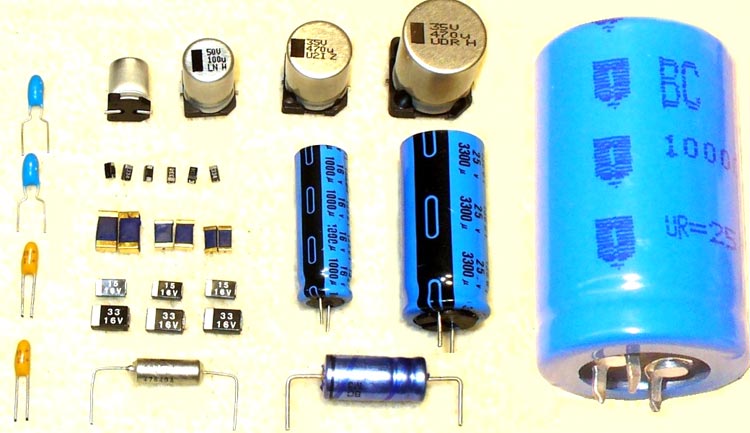
Resistors:
As the name implies their job is to resist or oppose the flow of current. They are meant to control the flow of electric current to the circuit by automatically bringing down the voltage in the device. You can also read this article on Resistors to understand the basics of Resistors, its types, and applications.
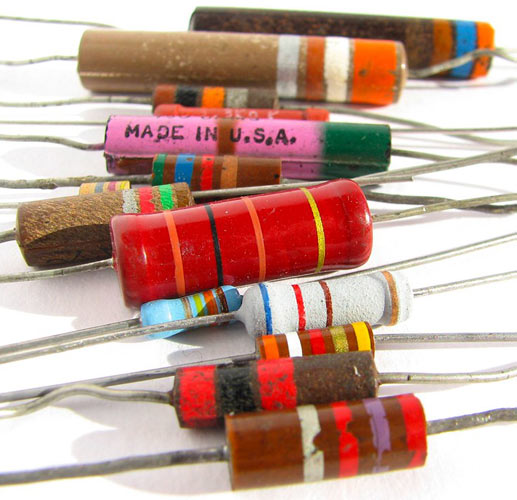
Inductors:
They also can be used to store energy and deliver a charge. Within the parameters of a circuit, the inductors have a very high impedance on AC and very little impedance on DC. Inductors are very commonly found in Power supply circuits like AC/DC converters, SMPS circuits, etc. You can also read this article on Inductors to understand the basics of Inductors, its types, and applications.
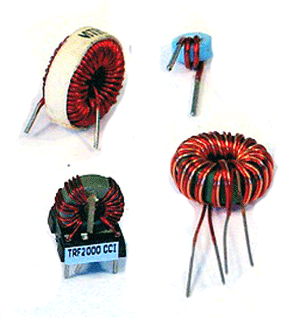
Diodes:
Diodes are tiny active components that are used to direct the flow of energy within the boundaries of the circuit. The function of the diode is extremely important because it controls energy flow disabling the damage that could be caused due to the poor flow of energy. The most popular and commonly used Diodes are 1N4007 Rectifier Diode, 1N4732A 4.7V Zener Diode, and 1N5817 Schottky diode. You can read this Article on Diode to know more about the basics of diodes, its types, characteristics, etc.
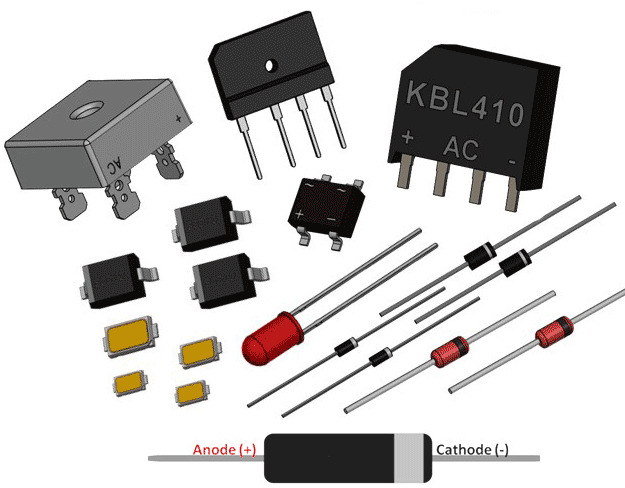
Differences between Active and passive components
Now that we have understood about the Active and Passive devices and its types, let us do a comparison between active and passive components based on certain parameters as defined below
1) Source of energy – Active components require an extra source of energy. In the case of passive components, no extra source of energy is required for their operation. A resistor works on its own without the need for a specific voltage.
2) Energy: Active components produce energy in the form of voltage or current but passive components are those devices that store energy, like a capacitor, stores its energy in form of electric field and an inductor stores its energy in form of a magnetic field.
3) Linearity: Passive components are linear and active components are non-linear. Meaning in a passive component like a resistor, the voltage drop across will be linear to its resistance value according to Ohms Law. While in a transistor or other active components the output will have an amplification factor that will not be linear.
4) Power gain: Active components are capable of providing power gain whereas in the case of passive components the ability to amplify power is not present.
5) Controlling the current: Active component as the name implies can easily control the flow of the current. The same task cannot be done by a passive component.
6) External source: Active components as seen earlier require an extra source to control and maintain its operations but in the case of passive components, there is no requirement of an external source.









